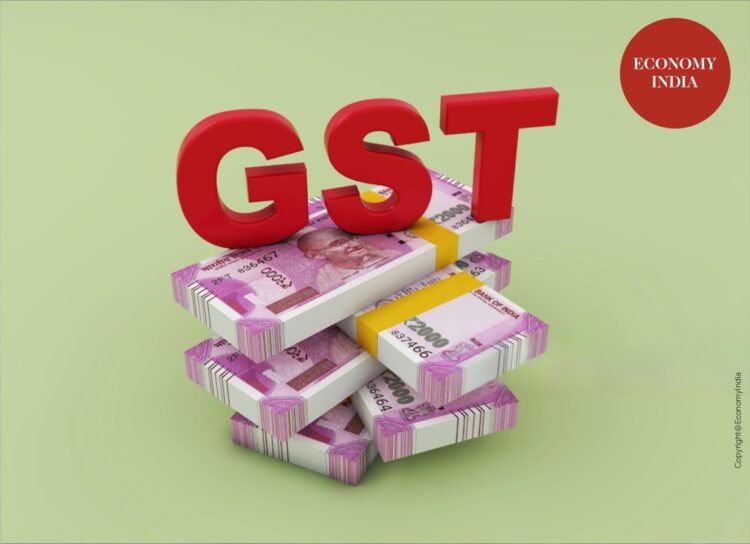Strong Growth Driven by Domestic Transactions and Higher Imports
New Delhi (Economy India): India’s Goods and Services Tax (GST) collection recorded a robust 9.9% growth in March, surpassing ₹1.96 lakh crore, according to the latest government data. The increase was driven by a rise in domestic transactions and higher revenue from imported goods, reflecting strong economic activity and improved tax compliance.
Breakdown of March GST Collection
The government data highlights two key revenue drivers behind the surge in GST collections:
🔹 Revenue from domestic transactions rose 8.8% to reach ₹1.49 lakh crore.
🔹 Revenue from imported goods surged 13.56%, totaling ₹46,919 crore.
This marks a continued upward trend in GST revenue, reinforcing India’s economic resilience and the effectiveness of tax reforms implemented in recent years.
Consistent Growth: A Positive Sign for the Economy
March’s ₹1.96 lakh crore GST collection aligns with the steady increase seen in recent months. Experts attribute this growth to strong business performance, increased consumer spending, and better tax enforcement.
Since its implementation in 2017, GST has significantly improved tax compliance and reduced tax evasion. In the fiscal year 2024-25, monthly GST collections have consistently exceeded ₹1.80 lakh crore, indicating a stable revenue stream for the government.
Government’s Perspective on GST Growth
A senior finance ministry official stated:
“The increase in GST revenue is a testament to India’s robust economic momentum. We are witnessing strong compliance and a steady rise in consumption, both of which contribute to healthy tax collections.”
Sector-Wise Analysis of GST Growth
1. Strong Performance in Manufacturing and Services
The rise in GST collections reflects healthy growth across multiple sectors:
✅ Manufacturing & Automotive: Higher sales in automobiles, electronics, and consumer goods led to increased tax collection.
✅ Real Estate & Construction: Increased property transactions boosted revenue from GST on construction materials.
✅ Retail & E-commerce: Strong festive and seasonal demand contributed to higher collections.
2. Higher Revenue from Imports
The 13.56% increase in GST on imported goods suggests:
🔸 Rising consumer demand for foreign products.
🔸 Higher import volumes of key commodities, including crude oil, electronics, and machinery.
What This Means for India’s Fiscal Health
A higher GST collection is crucial for maintaining India’s fiscal stability. The increased revenue allows the government to:
💰 Invest in infrastructure projects, boosting economic growth.
📊 Reduce fiscal deficit, improving India’s financial position.
🏥 Strengthen social welfare programs, benefiting citizens.
Economists believe that if GST collections continue this trend, India could surpass its revenue targets for FY 2025-26, allowing for better public spending and economic stability.

Future Outlook: Will the Growth Sustain
Looking ahead, several factors could determine the sustainability of high GST revenues:
📈 Economic Expansion: A continued rise in GDP and industrial output will support higher tax collections.
💼 GST Reforms: Further simplification of tax procedures and rate rationalization may improve compliance.
🌍 Global Trade Impact: Changes in global economic conditions and trade policies could affect import-driven revenues.
Industry experts remain optimistic about India’s tax revenue trajectory, expecting further improvements in compliance, digital invoicing, and enforcement measures to drive sustained growth.
(Economy India)












